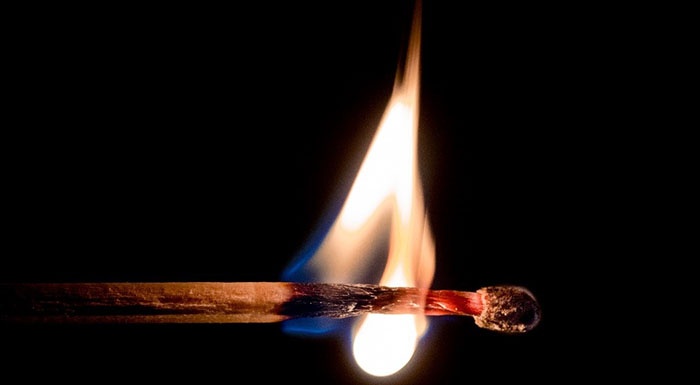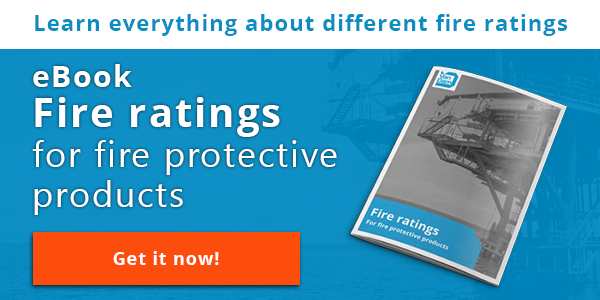
Safety of people and equipment is the main concern for organizations operating in harsh and dangerous environments, such as oil and gas platforms and petrochemical plants. Architectural fire rated products need to comply with stringent rules and requirements in order to ensure safety.
Manufacturers are expected to design their products like, fire rated doors, fire rated walls and fire rated windows, with non-combustible materials like steel, concrete or glass. Non-combustible materials do not burn but they are affected by fire. They can melt or give off toxic fumes. Therefore, IMO FTP 2010 has developed strict regulations for non-combustible materials in order to prevent hazards.
There are a few very important things to know about these rules and regulations of the IMO FTP non-combustibility test which are outlined below.
1. Test procedure
The non-combustibility test is performed in an open vertically positioned cylindrical furnace. The furnace is heated to 750°C before the cylindrical test specimen are inserted into the furnace. The measurement of temperature is done by two thermocouples during the test which are, the furnace thermocouple and the surface thermocouple. The temperature inside of the furnace is measured by the furnace thermocouple and the temperature at the surface of the specimen is measured by the surface thermocouple.
It is widely agreed within the industry that steel is an excellent construction material which has the highest level of protection against heat. Therefore, steel is a preferred material in fire rated product construction. Steel framing is also very flexible, which makes it easy to construct various products for different applications.
2. Observations during testing
Recording the mass of each specimen is a significant part of the test. The mass is recorded before the test and after the test in order to observe the behaviour of the specimen within the testing furnace. Also, the presence and occurrence of flames, also known as flaming, is observed and calculated during the non-combustibility test. Finally, the furnace and surface thermocouple temperatures are observed and recorded in a few steps.
- Step 1: the initial furnace thermocouple temperature is measured;
- Step 2: the maximum furnace thermocouple temperature is measured which is reached during the test;
- Step 3: the final furnace thermocouple is measured, which is the average temperature over the final 1 minute of the test period;
- Step 4: The measurement of the surface thermocouple is the same, except for the initial temperature.
3. Acceptance criteria
Non-combustible materials have to be verified in accordance with the following criteria in IMO 2010 FTP Code:
- the average furnace thermocouple temperature rise does not exceed 30° C;
- the average surface thermocouple temperature rise does not exceed 30° C;
- the mean duration of sustained flaming does not exceed 10 seconds;
- the average mass loss as calculated does not exceed 50%.
Any type of material that does not comply with these criteria cannot be regarded as being non-combustible and therefore cannot be processed into the product.
For more information about the requirements outlined in IMO 2010 FTP Code, download our eBook fire ratings for fire protective products.







